White Wilderness (film)
5.4 /10 1 Votes
Film series True-Life Adventures Duration Country United StatesCanada | 5.4/10 IMDb Genre Documentary, Family Language English | |||||||||||||||||||||||||||||||||
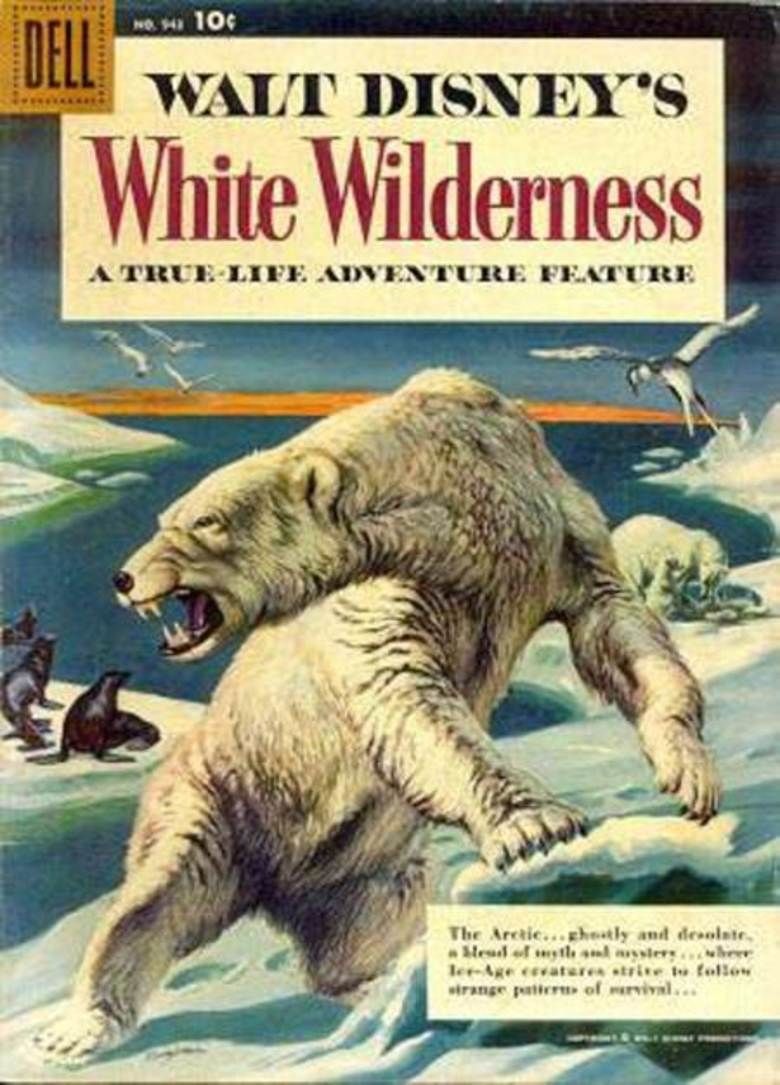 | ||||||||||||||||||||||||||||||||||
Release date August 12, 1958 (1958-08-12) Awards Academy Award for Best Documentary Feature Similar movies True-Life Adventures movies, Related James Algar movies Tagline From The Top Of The World! | ||||||||||||||||||||||||||||||||||
White wilderness
White Wilderness is an American nature documentary produced by Walt Disney Productions in 1958 noted for its propagation of the misconception of lemming suicide.
Contents
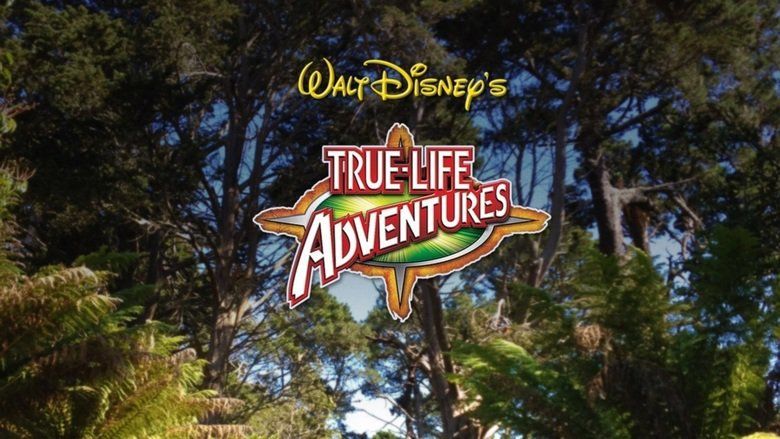
The film was directed by James Algar and narrated by Winston Hibler. It was filmed on location in Canada over the course of three years. It won the Academy Award for Best Documentary Feature.
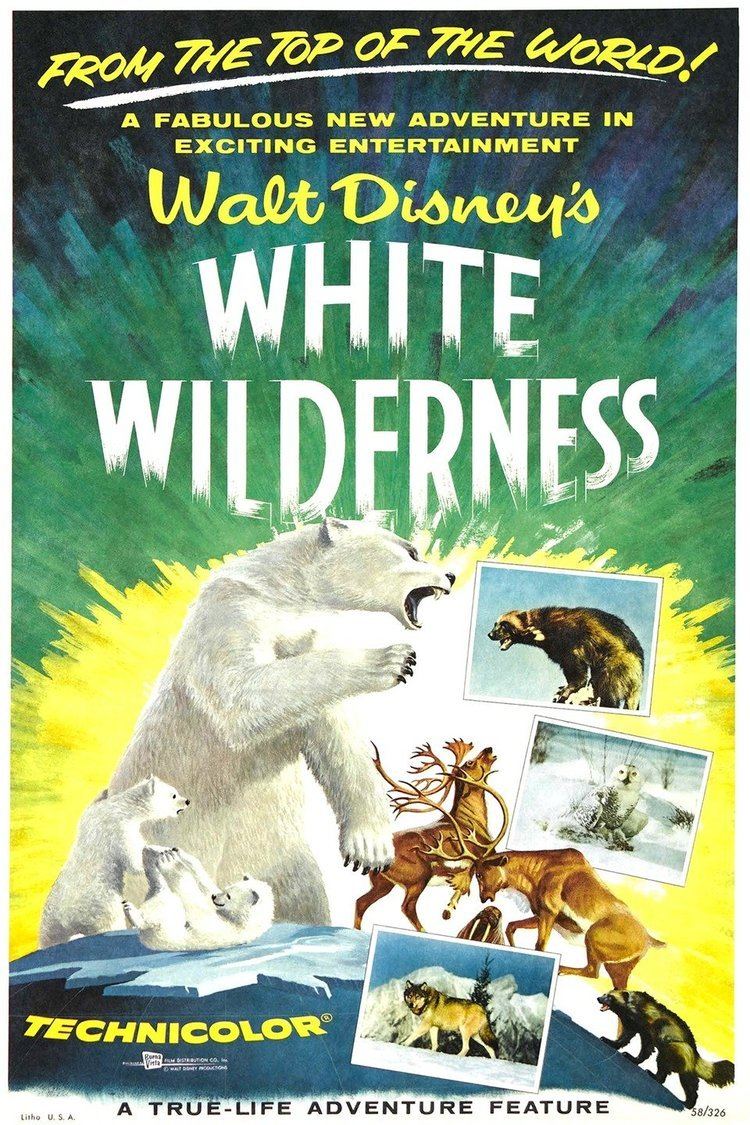
White sands white wilderness
Controversy
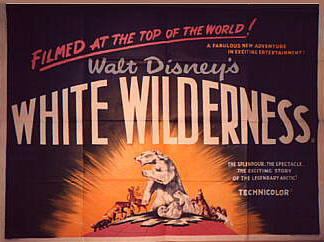
White Wilderness contains a scene that supposedly depicts a mass lemming migration, and ends with the lemmings leaping into the Arctic Ocean. There have been some reports that the Disney film describes this as actual suicidal action by the lemmings. However, the narrator of the film states that the lemmings are likely not committing suicide, but rather are in the course of migrating, and upon encountering a body of water are attempting to cross it. If the body of water the lemmings encounter is too wide, they can suffer exhaustion and drown as a result.
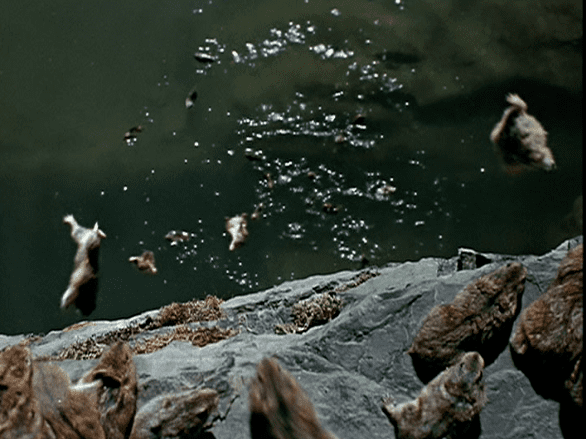
In 1982, the CBC Television news magazine program The Fifth Estate broadcast a documentary about animal cruelty in Hollywood called "Cruel Camera", focusing on White Wilderness, as well as the television program Wild Kingdom. Bob McKeown, the host of the CBC program, discovered that the lemming scene was filmed at the Bow River near downtown Calgary, and not in the Arctic Ocean as implied by the film. He also found out that the lemmings did not voluntarily jump into the river, but were pushed in by a rotating platform installed by the film crew. McKeown interviewed a lemming expert, who claimed that the particular species of lemming shown in the film is not known to migrate, much less commit mass suicide. Additionally, he revealed that footage of a polar bear cub falling down an Arctic ice slope was really filmed in a Calgary film studio.
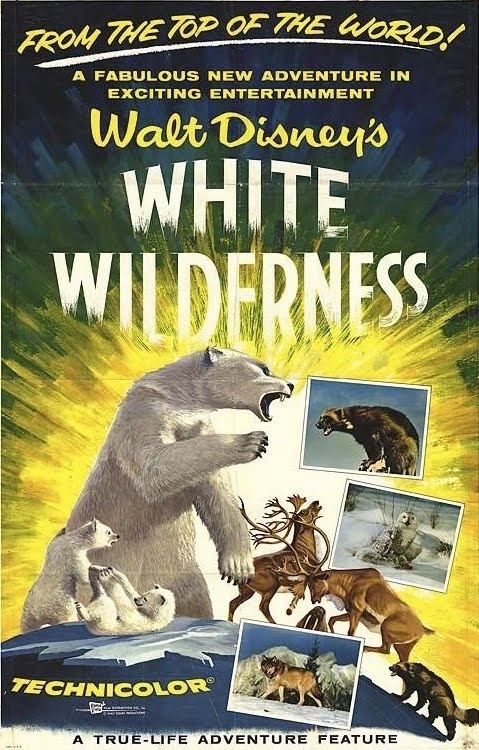
It remains unclear if Walt Disney was notified or approved of the lemming incident.
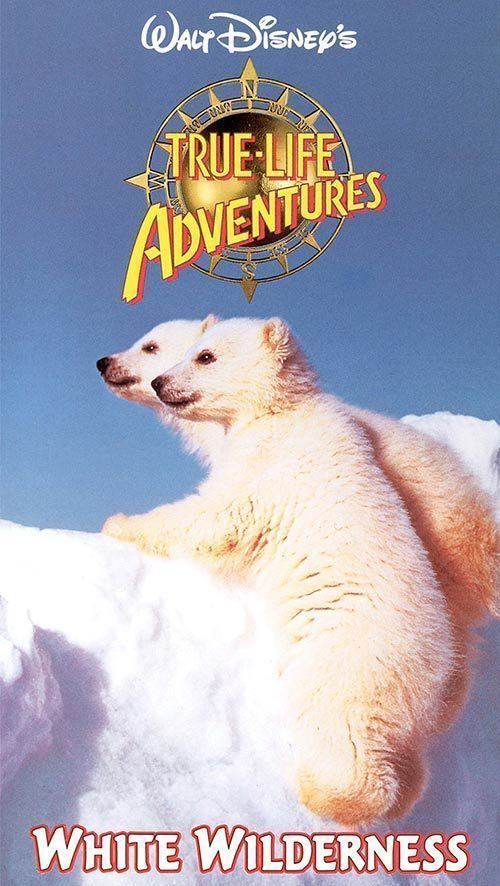
Marlin Perkins was indirectly accused of being involved in similar controversies and took umbrage, striking McKeown when he challenged Perkins in an interview as to whether he had ever been involved in something of that sort. Perkins, then in his seventies, "firmly asked for the camera to be turned off, then punched a shocked McKeown in the face."
In popular culture
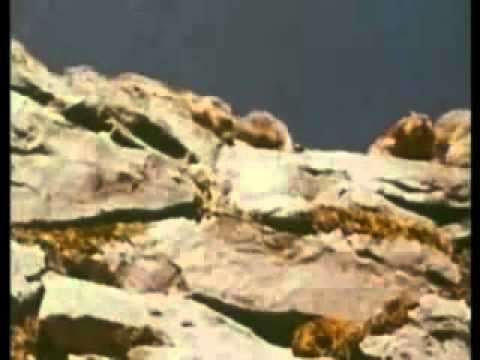
The 1976 Graham Parker signature tune "Don't Ask Me Questions," which hit the Top 40 in the UK, contains the line "Well I see the thousands screaming, rushing for the cliffs, just like lemmings into the sea."
The band The Lemmings from Berkeley, California, used the image of cars driving off a cliff on the cover of their 1983 album Running. This image was re-created in a mural on a wall of Barrington Hall. Their song "The Sea" included the lyric, "The sea will grow larger with our fall."
White Wilderness was the inspiration for 1988 Dead Kennedys song "Potshot Heard Round the World".
The scene of lemmings leaping off a cliff in White Wilderness was used as political metaphor in a campaign ad promoting Andrew Monroe Rice, an Oklahoma candidate in the 2008 US Senate race.
References
White Wilderness (film) WikipediaWhite Wilderness (film) IMDbWhite Wilderness (film) themoviedb.org
